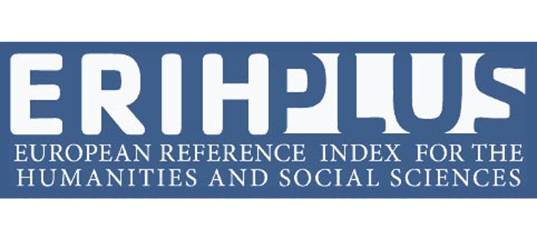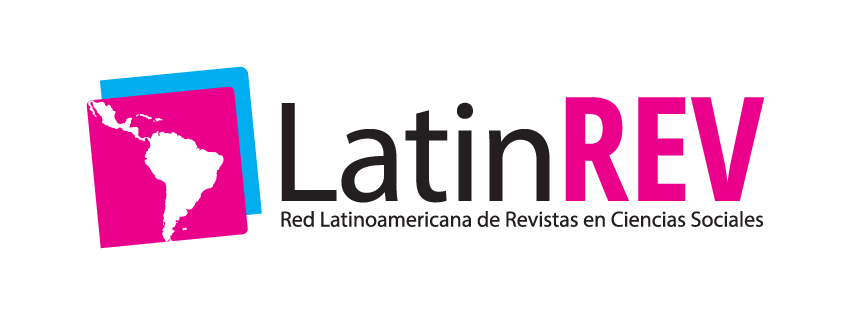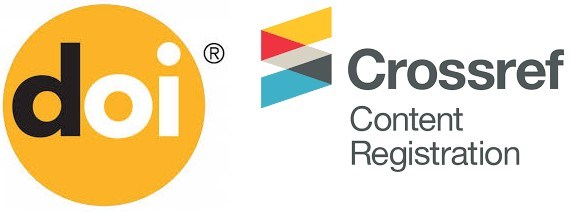Application of probabilistic algorithms for the logistic behavior analysis using the Monte Carlo method
Abstract
The objective of this research is to evaluate the number of people waiting in line at a taxi service station to minimize monetary losses due to abandonment in the waiting line. For this case, tools were used to simulate random values generated based on the chosen probability distributions, such as the lognormal probability distribution and the binomial probability distribution, generating statistical results of those probability distributions. The field of study where the data was collected to carry out this research is a taxi station located on Víctor Manuel Rendón and Pedro Moncayo streets in Guayaquil, where people wait for taxi service. Once the data is obtained, the inverse transform method is carried out applying the corresponding formulas probability distributions aforementioned, to generate accumulated data using the Monte Carlo method and later take it to the Visual Basic programming language in Excel. It is important to be clear that the proper use of administration and time management will make it possible to minimize losses.
Downloads
Metrics
References
Lojano, J. P., Rojas, Á., & Rojas, V. (2017). Un modelo híbrido de probabilidad de elección para la estimación de la demanda de Quitocable. Maskana, 8, 219-228.
Antonio-González, J., García-Salazar, J. A., Chalita-Tovar, L. E., Matus-Gardea, J. A., Cruz-Galindo, B., Sangerman-Jarquín, D. M., ... & Fortis-Hernández, M. (2012). Modelo de equilibrio espacial para determinar costos de transporte en la distribución de durazno en México. Revista mexicana de ciencias agrícolas, 3(4), 701-712.
Cevallos-Torres, L., & Botto-Tobar, M. (2019). Problem-Based Learning: A Didactic Strategy in the Teaching of System Simulation. Springer International Publishing.
Cevallos-Torres, L., & Botto-Tobar, M. (2019). Case study: Logis-tical behavior in the use of urban transport using the monte carlo simulation method. In Problem-Based Learning: A Di-dactic Strategy in the Teaching of System Simulation (pp. 97-110). Springer, Cham.
García, E. R., Ungson, Y., Burtseva, L., Valdez, B., Gonzalez, F., & Petranovski,(2016) “V. MÉTODOS DE SIMULACIÓN MONTE CARLO Y SU EMPLEO EN INGENIERÍA DE MATERIALES”.
Zapata, C. J., Piñeros, L. C., & Castaño, D. A. (2004). El méto-do de simulación de Montecarlo en estudios de confiabi-lidad de sistemas de distribución de energía eléctrica. Scientia et technica, 10(24), 55-60.
Mero, X. J., Peña, J., Villon, K. V., & Cevallos-Torres, L. (2019). Análisis de un modelo de inventario en productos perece-deros aplicando Algoritmo metaheurístico Tabú y simula-ción Montecarlo. Ecuadorian Science Journal, 3(1), 8-14.
López, M. V., & Mariño, S. I. (2002). Aplicación del método de Montecarlo para el cálculo de integrales definidas. In IV Workshop de Investigadores en Ciencias de la Compu-tación.
Cevallos-Torres, L., & Botto-Tobar, M. (2019). Monte carlo simu-lation method. In Problem-Based Learning: A Didactic Strategy in the Teaching of System Simulation (pp. 87-96). Springer, Cham.
Berenson, M. L., & Levine, D. M. (1996). Estadística básica en administración: conceptos y aplicaciones. Pearson Educa-ción.
Valencia-Nuñez, E. R., López, H. V. M., & Cevallos-Torres, L. J. (2018, April). Probabilistic Model for Managing the Arrival Times of Pre-Hospital Ambulances Based on their Geo-graphical Location (GIS). In 2018 International Conference on eDemocracy & eGovernment (ICEDEG) (pp. 103-109). IEEE.
Moncayo, K. C., Sanchez, A. G., Anton, P. R., & Cevallos-Torres, L. (2019). Modelo de simulación para la optimización del inventario de una distribuidora, basado en Simulación Monte Carlo y Algoritmo Metaheurístico Genético. Ecua-dorian Science Journal, 3(2), 33-38.
Castañeda, J. A., Perez, A., & Gil, J. F. (2002). Tamaño de muestra requerido para estimar la media aritmética de una distribución lognormal. Revista Colombiana de Esta-dística, 25(1), 31-41.
DEL PINO, José Mª Tamborero; LAPEÑA, Antonio Cejalvo (1990). NTP 418: “Fiabilidad: la distribución lognormal.” Cen-tro Nacional de Condiciones de Trabajo Vol. 1, N. 1, PP. 1-7.
PDF (Español (España)) 375
Authors maintain the rights to the articles and are therefore free to share, copy, distribute, execute, and publicly communicate the work on their personal websites or in institutional deposits, after its publication in this journal, as long as they provide bibliographic information that certifies its publication in this journal.
The works are under one https://creativecommons.org/licenses/by-nc-nd/4.0/




























